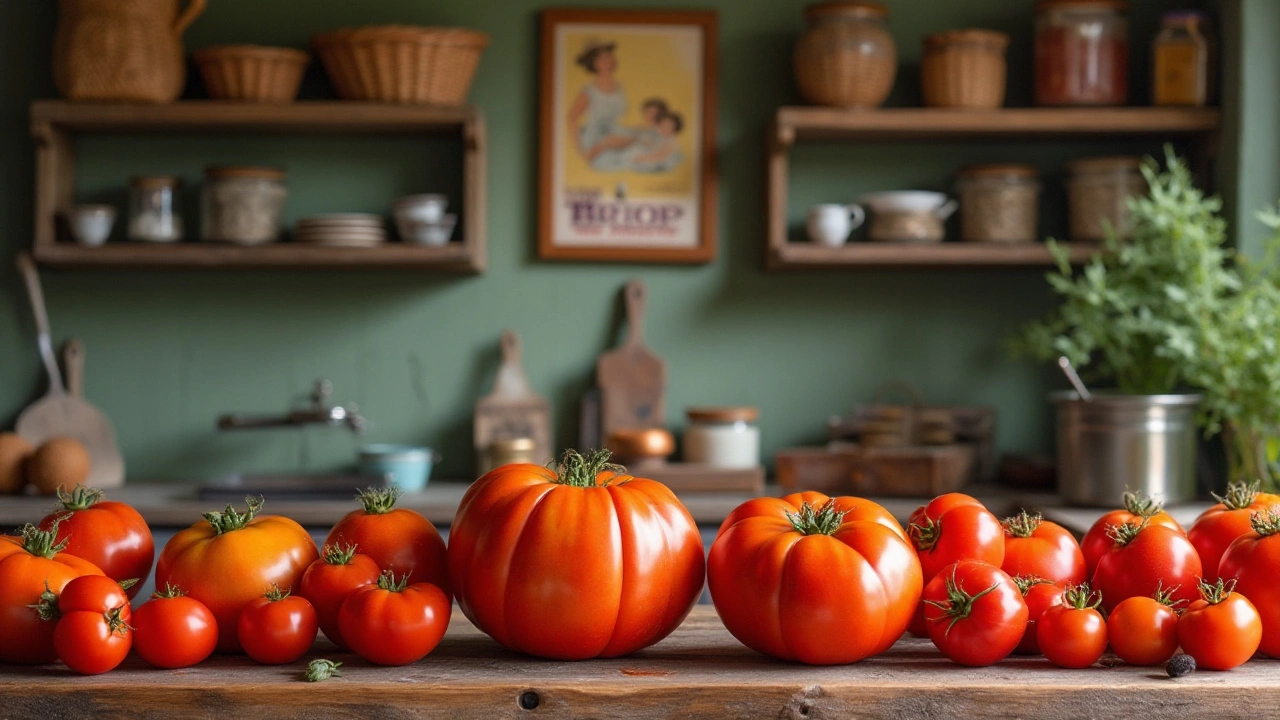Food Storage Tips: How to Keep Food Fresh Longer
Ever opened the fridge and found a wilted lettuce leaf or a soggy cereal box? It happens to the best of us. The good news is that a few easy habits can stretch the life of almost anything you buy. Below you’ll find straight‑forward steps that work in any kitchen, whether you’re a seasoned cook or just learning the ropes.
Pantry and Shelf Storage
First, give your pantry a quick makeover. Keep it tidy, and group similar items together – cereals with cereals, snacks with snacks. This way you see what you have and avoid buying duplicates that will end up stale.
Use clear containers for dry goods like rice, pasta, and beans. A clear lid lets you spot low supplies before they run out, and airtight seals stop moisture from sneaking in. If you prefer to keep items in their original packaging, transfer them to zip‑lock bags and squeeze out the air.
Store potatoes, onions, and garlic in a dark, well‑ventilated spot. Light turns potatoes green and bitter, while humidity makes onions sprout. A basket on a pantry shelf works fine; just keep them separate because they release gases that can speed up spoilage of other produce.
Spices lose flavor quickly when exposed to heat and light. Keep them in a drawer away from the stove, and consider a small spice rack that closes. A quick tip: write the purchase date on the back of each jar so you know when it’s time to replace them.
Fridge & Freezer Mastery
The fridge is a temperature zone, not a place to toss anything in. Keep raw meat on the bottom shelf in a sealed tray to catch drips and prevent cross‑contamination. Store dairy on the middle shelves where the temperature is most stable; the door is actually the warmest part, so save butter and eggs for the main shelves.
When you bring home fresh fruit and veg, check each piece for bruises. A brown spot can turn the whole bunch soft faster. Wash only what you’ll use right away; excess moisture speeds up rot. If you need to wash a large batch, dry it thoroughly with a clean towel before storing.
Freezer space is a goldmine for extending shelf life. Portion out leftovers into single‑serve containers before freezing – you’ll avoid reheating a big pot of soup only to waste half of it. Label each bag with the contents and date; most foods stay best for 3‑6 months, but they’re safe longer if kept constantly frozen.
Finally, don’t forget to rotate. When you add new items, move older ones to the front. A quick weekly check for anything past its prime saves money and stops bad smells from building up.
Good food storage isn’t about expensive gadgets; it’s about simple, consistent habits. Tidy shelves, airtight containers, and mindful placement in the fridge or freezer make a huge difference. Try a couple of these tricks this week and notice how much fresher your meals feel. Your wallet, the planet, and your taste buds will thank you.
-

Understanding the Plural of Tomato and Its Place on Your Shelves
The word 'tomato' is a common fixture in kitchen pantries, but its plural form can sometimes be confusing. This article explores the correct pluralization of 'tomato,' delves into the fascinating history of this versatile fruit, and offers tips for organizing and shelving tomatoes in your home. We also discuss how different cultures incorporate tomatoes into their cuisines and their storage solutions. Prepare for a flavorful journey into the world of tomatoes and efficient kitchen storage.
